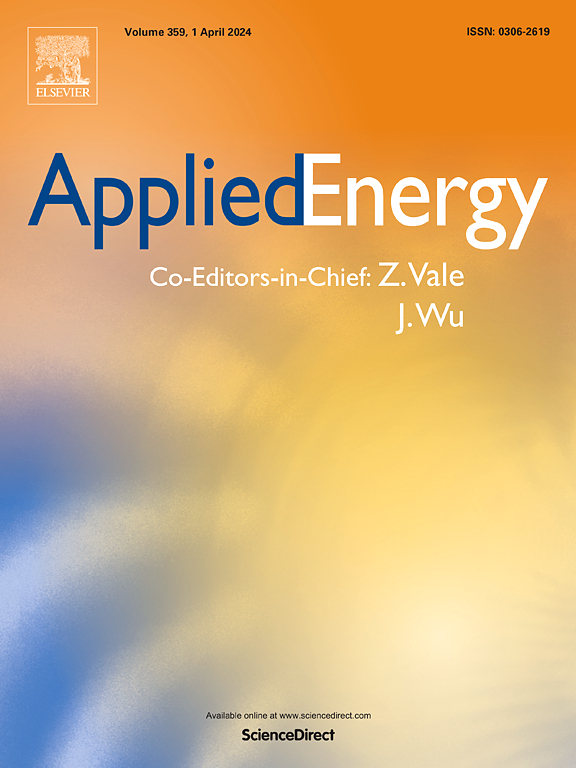Soft costs and EVSE – Knowledge gaps as a barrier to successful projects
IF 10.1
1区 工程技术
Q1 ENERGY & FUELS
引用次数: 0
Abstract
There has been a recent push to increase access to electric vehicle (EV) charging infrastructure. The National Electric Vehicle Infrastructure (NEVI) program, part of the Bipartisan Infrastructure Law (BIL) has made significant funding available for major charging infrastructure projects along state thruways, and many state and local incentives exist for EV owners to install chargers in their homes. However, deployment of these chargers has not kept up with demand, primarily due to issues in project planning, permitting processes, and unforeseen delays. This paper serves as a review of the current understanding of these and other non-hardware costs in EV charging infrastructure projects (collectively known as “soft costs”). We found that soft costs in EV charging infrastructure projects are not well understood. Specifically, there is little agreement on how soft costs should be categorized and tracked, and less agreement still on best practices for controlling these costs and lowering barriers to infrastructure deployment. A broader review of EV charging infrastructure cost analyses shows that these costs can have significant impacts on project outcomes. EV charging infrastructure projects may be able to examine the success of the solar industry in lowering soft costs, and a similar effort may lower project costs significantly. Further work on standardizing and collecting data on EV charging infrastructure costs is required to begin addressing and controlling these costs.
求助全文
约1分钟内获得全文
求助全文
来源期刊

Applied Energy
工程技术-工程:化工
CiteScore
21.20
自引率
10.70%
发文量
1830
审稿时长
41 days
期刊介绍:
Applied Energy serves as a platform for sharing innovations, research, development, and demonstrations in energy conversion, conservation, and sustainable energy systems. The journal covers topics such as optimal energy resource use, environmental pollutant mitigation, and energy process analysis. It welcomes original papers, review articles, technical notes, and letters to the editor. Authors are encouraged to submit manuscripts that bridge the gap between research, development, and implementation. The journal addresses a wide spectrum of topics, including fossil and renewable energy technologies, energy economics, and environmental impacts. Applied Energy also explores modeling and forecasting, conservation strategies, and the social and economic implications of energy policies, including climate change mitigation. It is complemented by the open-access journal Advances in Applied Energy.
 求助内容:
求助内容: 应助结果提醒方式:
应助结果提醒方式:


